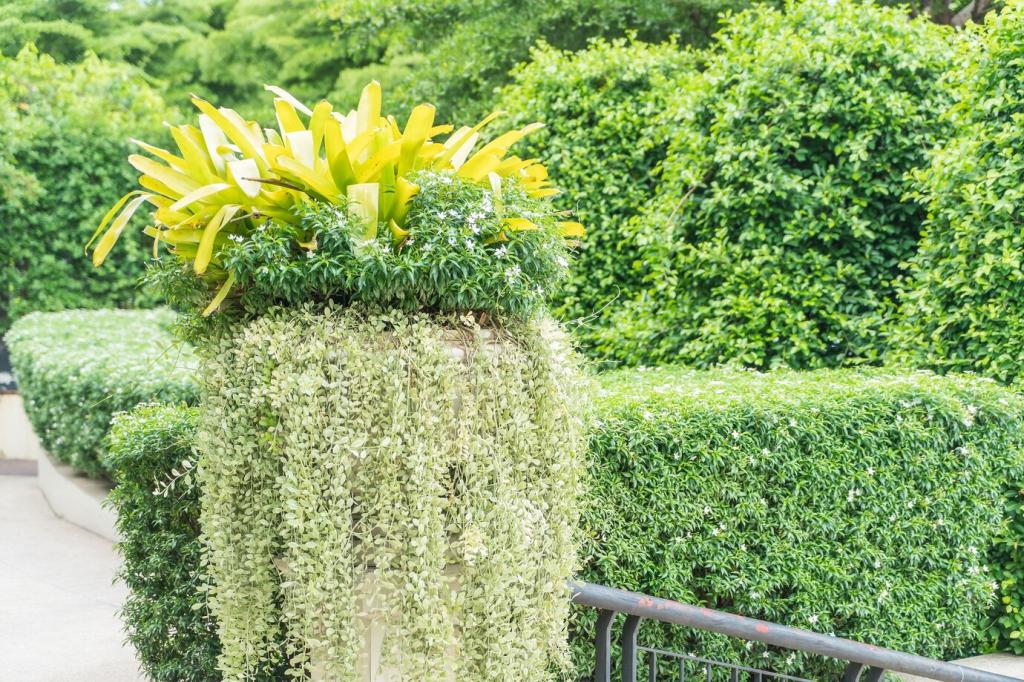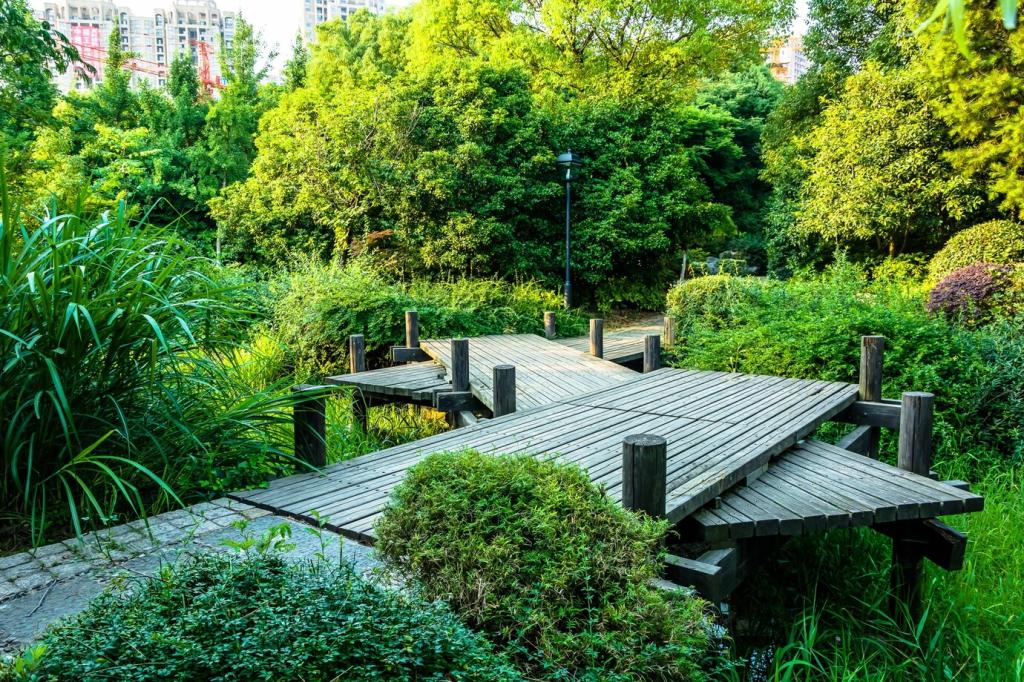Permeable Paving That Works
Clay soils demand deeper open-graded bases and thoughtful underdrains. Sandy soils can soak storms quickly with thinner sections. Pavers offer easy maintenance, while resin-bound surfaces create sleek, continuous looks. Share traffic loads and climate, and we’ll narrow options that balance beauty, budget, and performance.
Permeable Paving That Works
Performance starts with excavation and base gradation. Use clean, angular stone layers, verify slopes, and protect the site from sediment during construction. Small details—edge restraint, joint media, and compaction—decide long-term success. Bookmark this and subscribe for our printable inspection checklist and step-by-step field notes.
Permeable Paving That Works
A family replacing cracked concrete chose permeable pavers with a rain garden at the apron. Their street stayed drier after storms, and summer evenings felt notably cooler. The kids love spotting butterflies puddling on the stones. Drop your questions, and we’ll share their maintenance routine.
Permeable Paving That Works
Lorem ipsum dolor sit amet, consectetur adipiscing elit. Ut elit tellus, luctus nec ullamcorper mattis, pulvinar dapibus leo.









